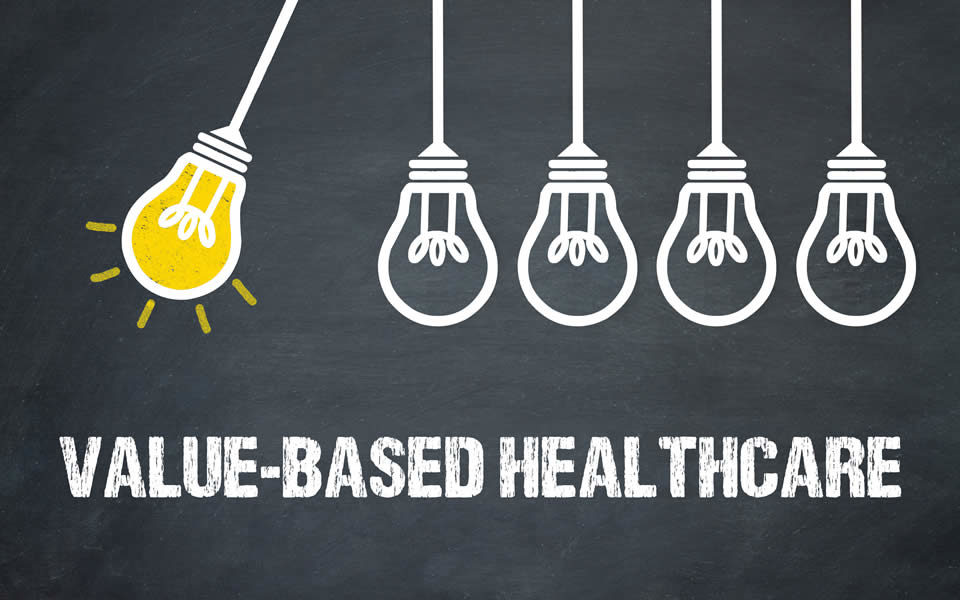The Implications of COVID-19 for Skilled Nursing Facilities
By Yasmeen Elhaj, Supervisor, Advisory Services
How 2020 Started
When 2020 began, the topic on everyone’s mind was the newly formed Patient Driven Payment Model (PDPM). This new case-mix classification system went into effect October 1, 2019. Thus, before the coronavirus (COVID-19) pandemic overtook the healthcare industry, skilled nursing facilities (SNFs) were focused on adjusting to the new payment system. Once the crisis took hold, PDPM became a boon for nursing homes, as the new system classifies respiratory care within the highest reimbursement case-mix groups.
Relief Funding in Response to the Pandemic
By March, the United States was in an official state of emergency, with nursing homes among the hardest hit by COVID-19. The Centers for Medicare & Medicaid Services (CMS) introduced ICD-10-CM code U07.1 effective April 1, 2020, for confirmed cases. It became apparent that nursing homes would need financial assistance, which led to the following:
- The U.S. Department of Health and Human Services (HHS) allocated $175 billion to be distributed through the Provider Relief Fund, under the Coronavirus Aid, Relief, and Economic Security (CARES) Act.
- The funding was distributed in three phases of General Distributions, as well as additional Targeted Distributions to specific provider types. (Phase 3 of General Distributions is currently in process.)
- Many nursing homes applied for Paycheck Protection Program (PPP) loans to help maintain staffing levels.
- HHS created an infection control incentive program that distributed approximately $333 million in the first round to more than 10,000 nursing homes and $523 million in the second round to an estimated 9,200 nursing homes. Out of the 13,795 eligible nursing homes, over 77% met the infection control criteria in the first round and 69% met in the second round. Nursing homes will have three more opportunities to receive additional incentive payments in the coming months. These funds are allocated to reward providers for successful infection control.
Also in response to the COVID-19 public health emergency, CMS authorized the following waivers for skilled nursing facilities, which are currently set to continue through January 20, 2021:
- Temporary waiver of the 3-day hospitalization requirement for coverage of a SNF stay.
- Renewed SNF coverage, without the required 60-day break in the period of illness, for beneficiaries who have been prevented by the pandemic from meeting the 60-day break to qualify for a new benefit period.
Early Impacts of COVID-19 on PDPM
It is important to note that even though PDPM is not at the forefront of everyone’s mind during the pandemic, SNFs must still do their best to code accurately to capture all reimbursement opportunities. Nursing home operators need to emphasize the significance of this to staff, as improper coding could delay or prevent accurate reimbursement.
Early concerns when PDPM was first introduced have changed during the course of 2020. For instance, group and concurrent therapy sessions are capped at a maximum of 25% of the therapy minutes provided. When PDPM announced the 25% cap for group and concurrent therapy sessions, a main concern was that nursing homes would rely heavily on group therapy; however, this concern diminished during the pandemic due to social distancing protocols.
Future of the Industry
As of December 10, 2020, CMS reported over 354,000 confirmed cases of COVID-19 among residents of nursing homes. Approximately 170,000 additional residents were suspected of having the virus. Since then, nursing home cases are again on the rise due to COVID’s “second wave” and the community spread within the general population.
Relief funds and incentive payments from the government will continue into 2021. To date, much of the relief funding was spent on personal protective equipment (PPE), increased workforce and training, and COVID-19 testing. The federal and state funding hopes to provide nursing homes with more support as the second wave of the pandemic unfolds. There will be future reporting requirements on how these funds and PPP loans are spent.
Two factors that will affect profitability in 2021 are staffing and technology. Staffing challenges have always been significant in nursing facilities, and the pandemic further exacerbated this issue. Employee benefits such as bonuses, hazard pay, and increased medical care have contributed to the staffing expense increase, even as PPP loans help offset some of the cost. In addition, many SNFs have invested in various technologies, such as Telehealth, to help curb the spread of the virus. Instead of sending residents to hospitals, clinics, or doctors’ offices, Telehealth allows the physician to treat a SNF resident remotely. Telehealth also enables remote patient monitoring, which allows a physician to keep an eye on a sick resident around the clock. Virtual activities for residents, virtual visits between residents and their families, recruitment, and staffing management are among other technologies nursing homes have utilized throughout the pandemic. We will have to wait and see which methods will be permanently adopted versus others that cannot replace in-person contact. Although both federal and state funding have been beneficial through 2020 and likely into 2021, staffing cost will remain a concern and technology cost will need to be monitored in financial planning until the industry returns to pre-COVID levels.
Many providers are concerned about whether they will be able to remain profitable into 2021, or whenever the pandemic is over. Relief funding is keeping nursing homes afloat for now; however, when that ends a percentage of facilities may be forced to close. Occupancy will need to return to pre-COVID levels in order to keep nursing homes profitable when the pandemic finally subsides and relief funding ends. The year to come is unchartered waters, but hopefully nursing homes will be able to adapt by adopting best practices and survive the pandemic intact.
Coronavirus Resource Center
Have more questions about the impact of the coronavirus on your business? Visit Marcum’s Coronavirus Resource Center for up-to-date information.




















